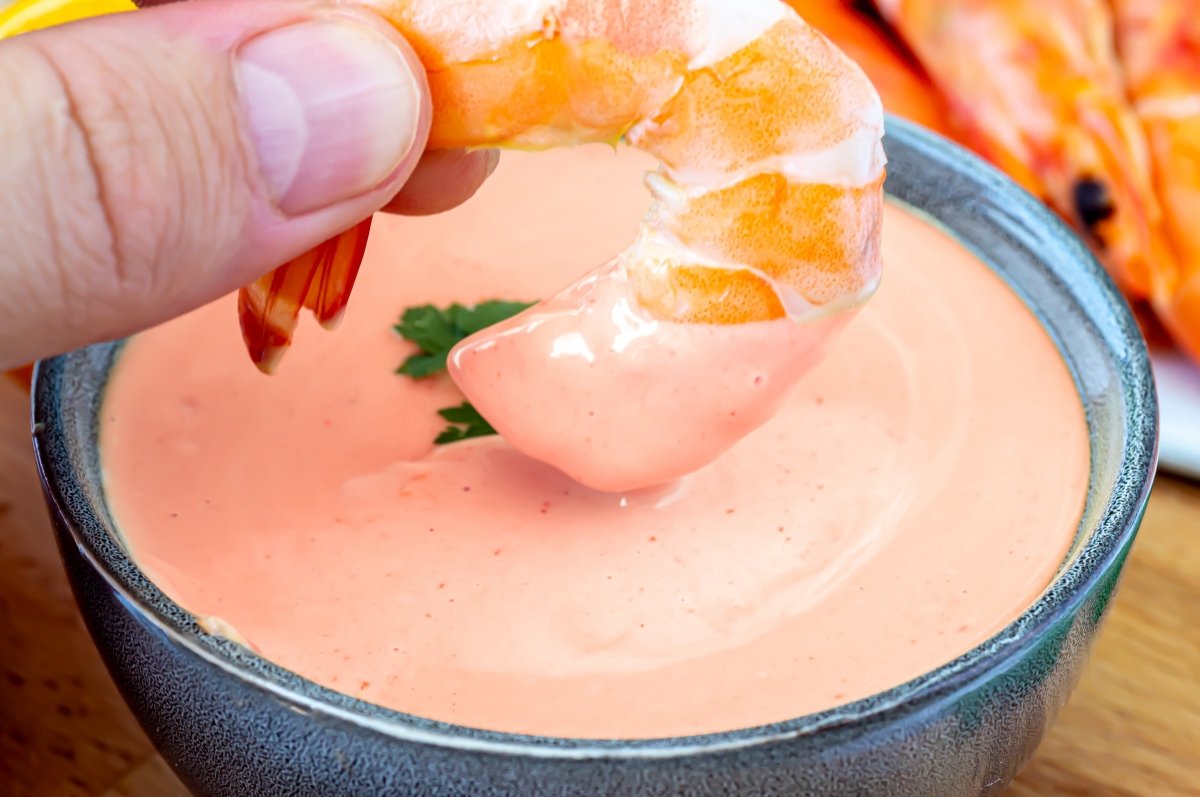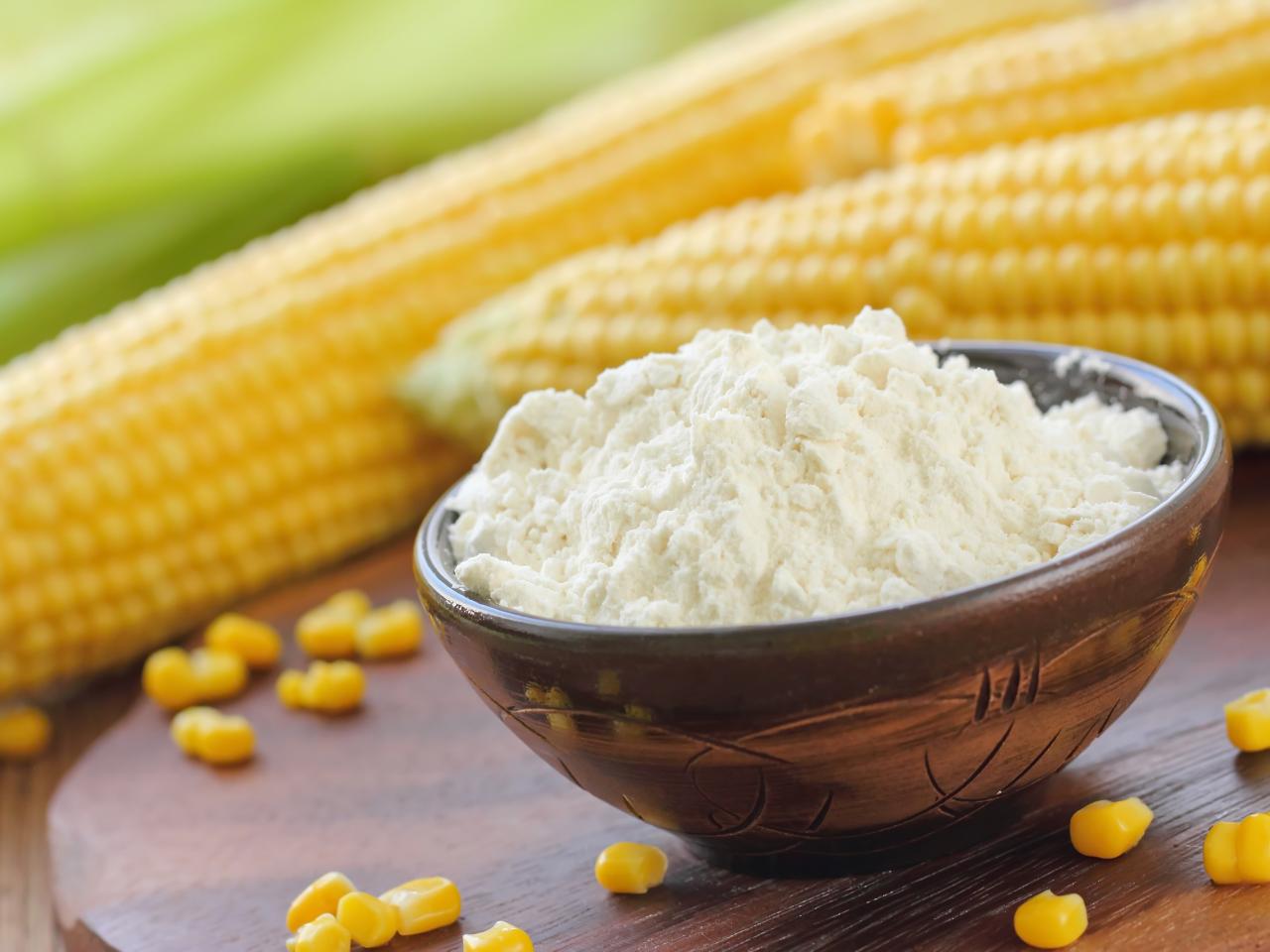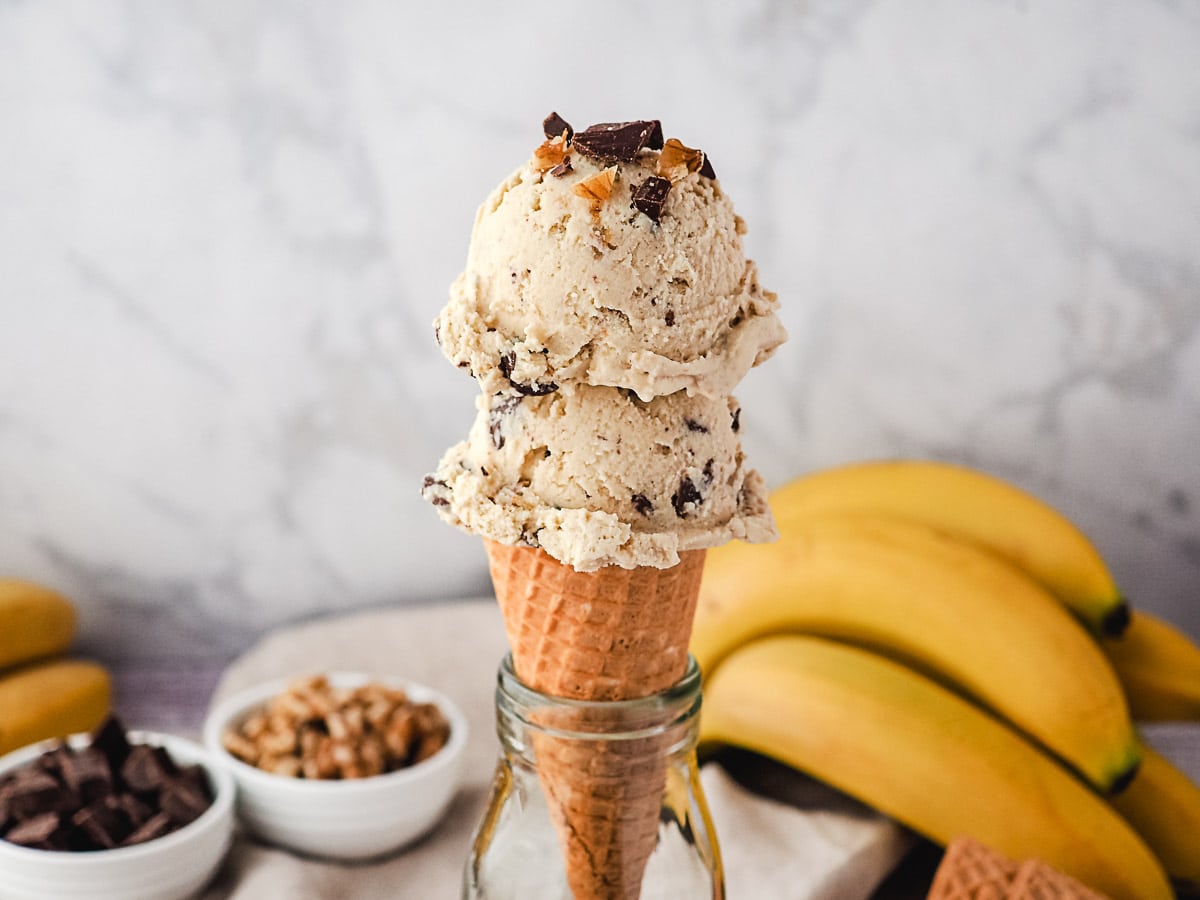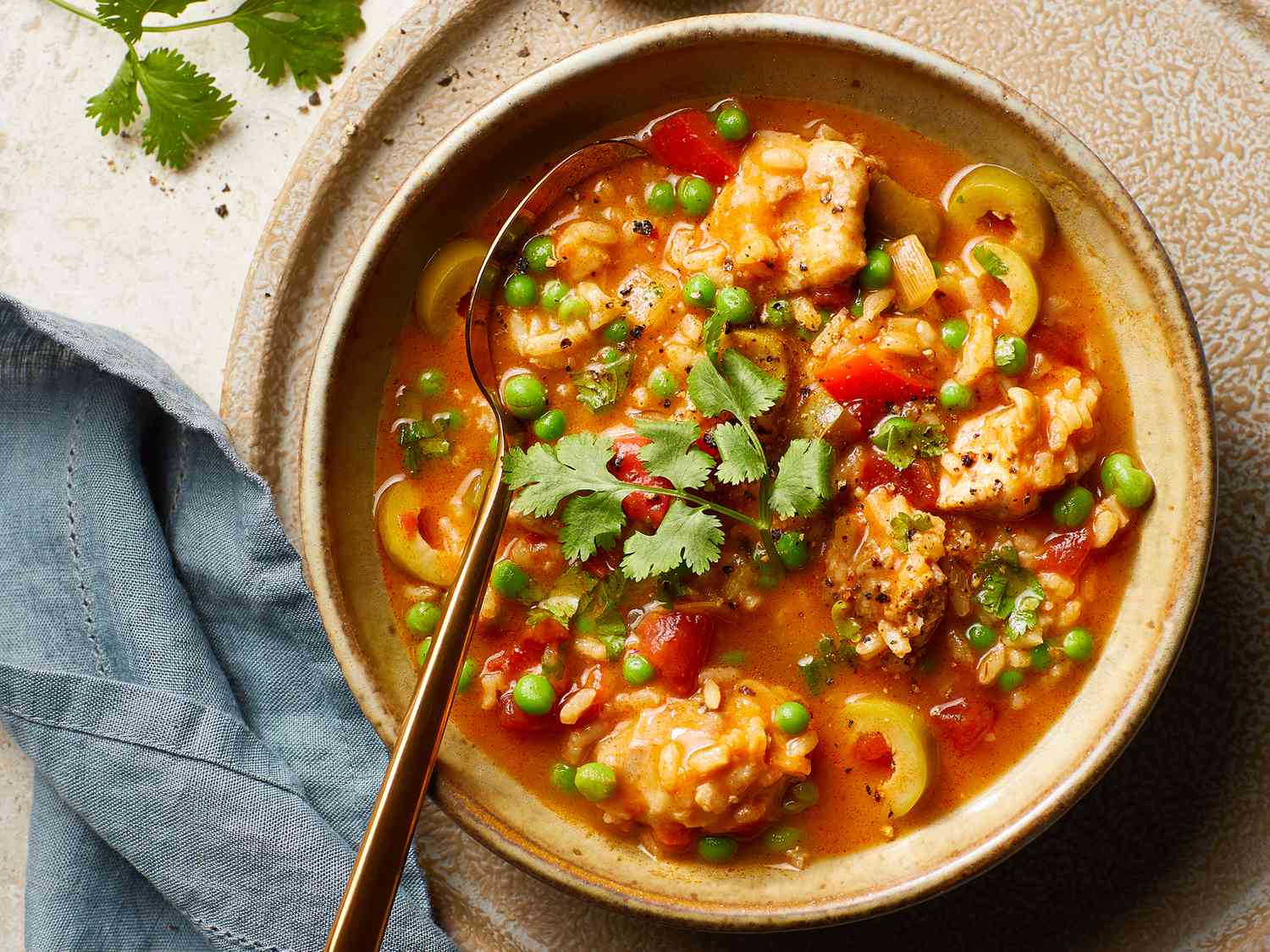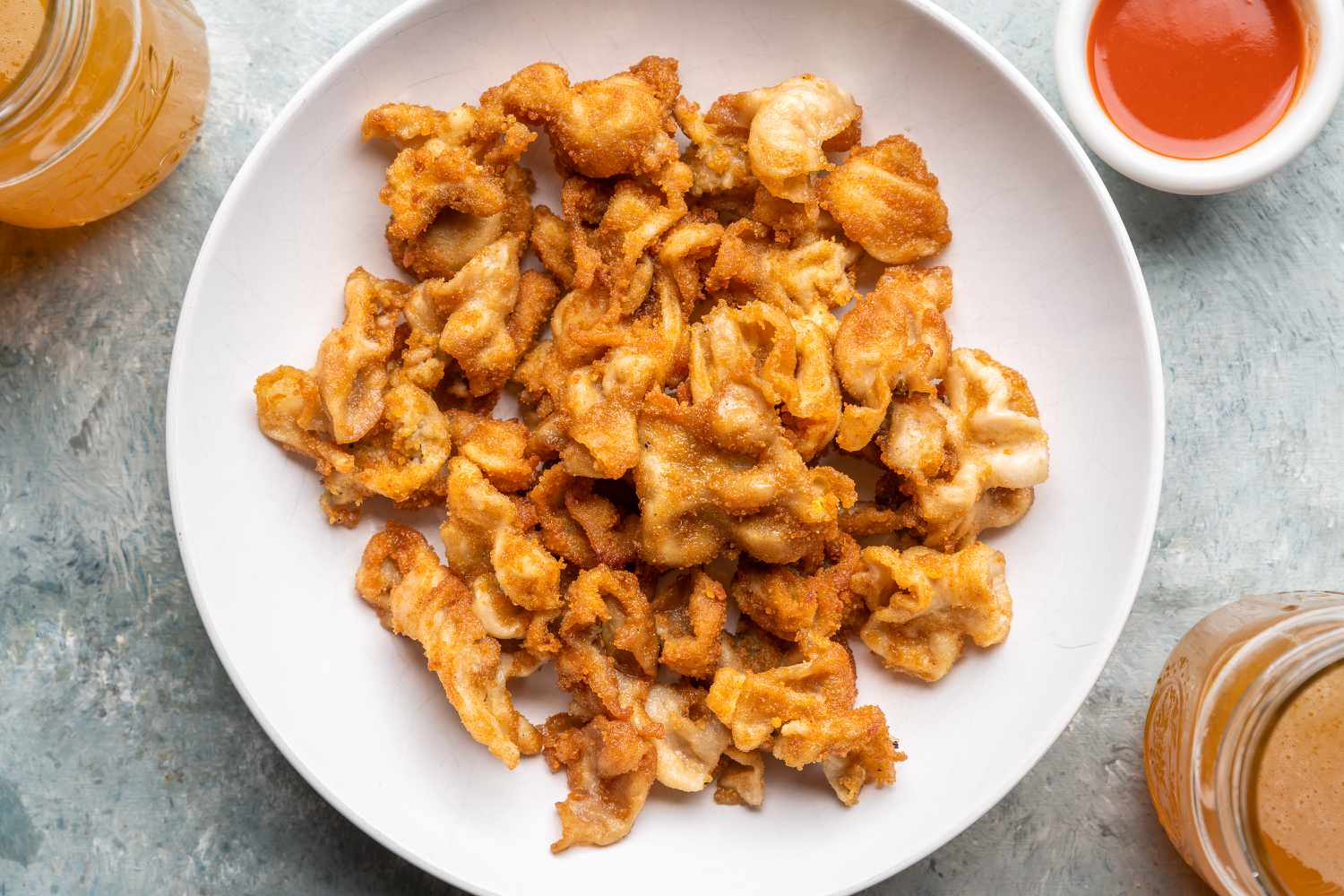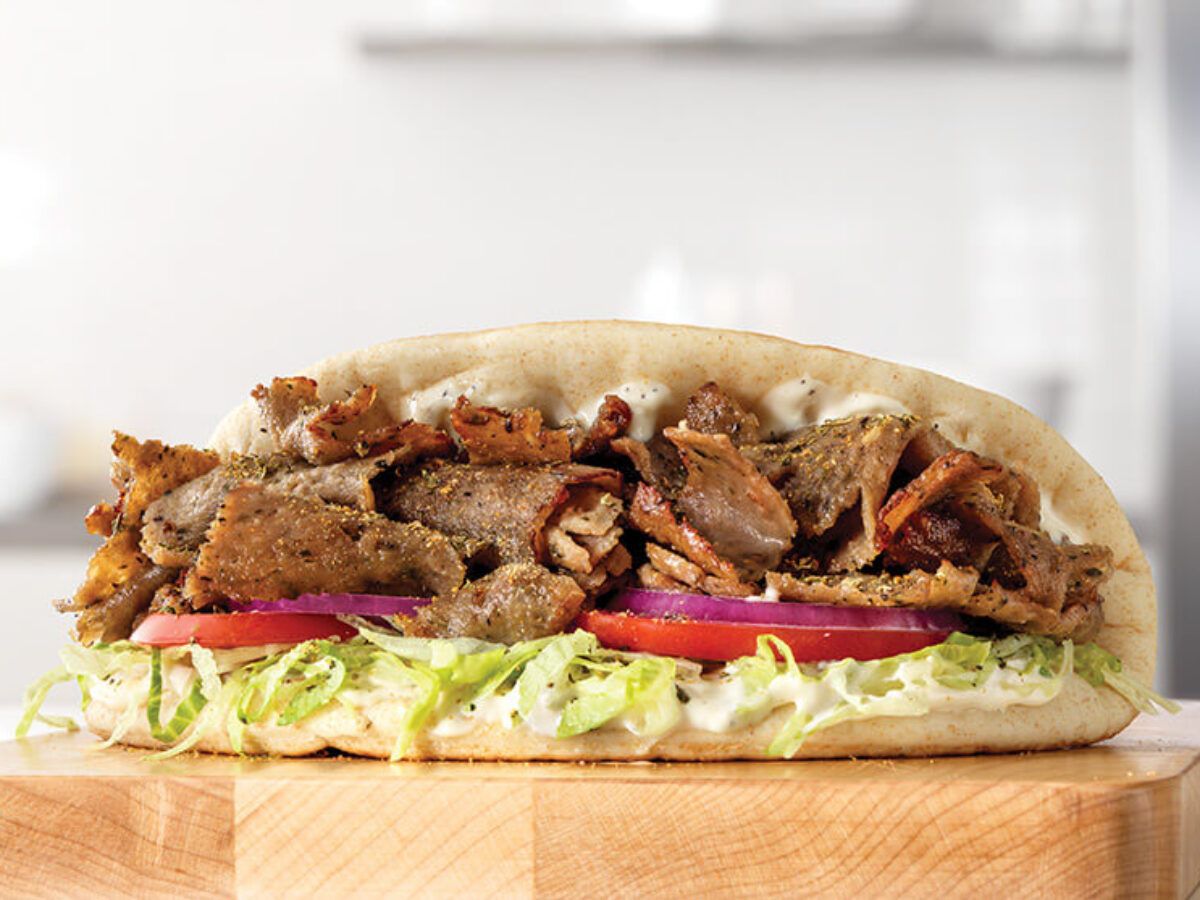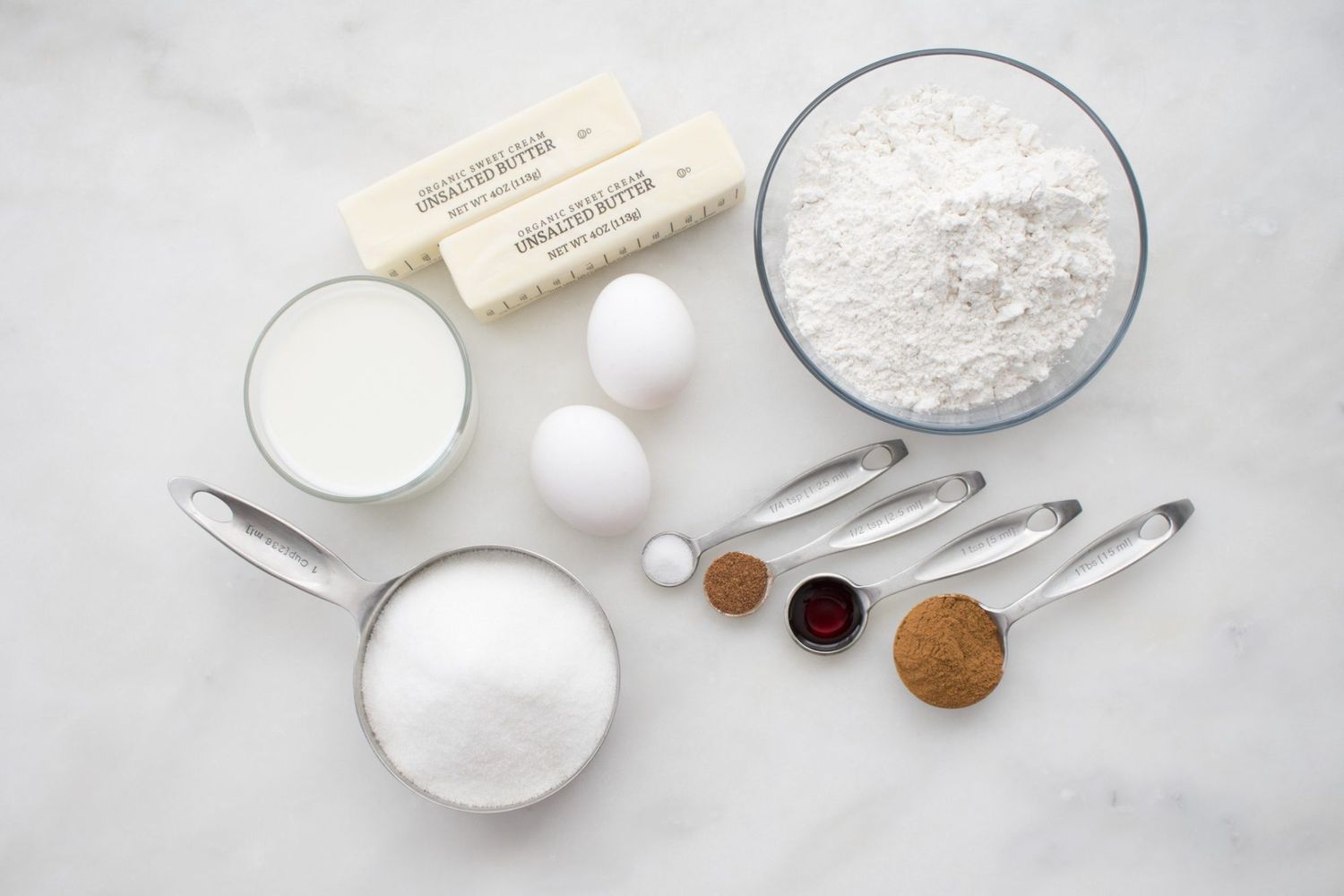Understanding Biscuit Flour: A Guide for Baking Enthusiasts
When it comes to baking delicious biscuits, the type of flour you use can make a significant difference in the texture and flavor of the final product. Biscuit flour, also known as soft wheat flour, is a popular choice for creating light and fluffy biscuits that melt in your mouth. In this guide, we’ll explore what biscuit flour is, how it differs from other types of flour, and how you can use it to elevate your baking game.
What Sets Biscuit Flour Apart?
Biscuit flour is made from soft wheat, which has a lower protein content compared to all-purpose flour or bread flour. The lower protein content results in a more tender and delicate texture, making it ideal for biscuits, scones, and other pastries. The fine texture of biscuit flour also helps create a smooth and uniform dough, leading to biscuits with a soft crumb and a delightful melt-in-your-mouth quality.
Key Characteristics of Biscuit Flour
Here are some key characteristics that set biscuit flour apart from other types of flour:
- Low Protein Content: Biscuit flour typically contains around 8-10% protein, which is lower than all-purpose flour and bread flour.
- Finely Milled: Biscuit flour is finely milled to create a smooth and soft texture, perfect for creating tender biscuits.
- Light Texture: The low protein content and fine texture result in biscuits that are light, airy, and delicate.
Using Biscuit Flour in Your Baking
When using biscuit flour in your baking, it’s essential to keep a few tips in mind to achieve the best results:
- Measure Accurately: For the best results, use a kitchen scale to measure your biscuit flour accurately. Too much flour can result in dense and dry biscuits.
- Handle Gently: Biscuit dough should be handled as little as possible to prevent the development of gluten, which can make the biscuits tough. Use a light touch when mixing and shaping the dough.
- Don’t Overmix: Overmixing the dough can lead to tough biscuits. Mix the ingredients just until they come together to avoid overworking the dough.
Experimenting with Biscuit Flour
While biscuit flour is specifically designed for creating biscuits, don’t be afraid to experiment with it in other recipes. You can use biscuit flour to make tender scones, flaky pie crusts, and even delicate pancakes. Its unique properties can add a delightful touch to a wide range of baked goods.
Conclusion
Biscuit flour, with its low protein content and fine texture, is a versatile ingredient that can take your baking to the next level. Whether you’re a seasoned baker or just starting out, incorporating biscuit flour into your recipes can lead to biscuits and pastries that are light, tender, and utterly irresistible. So, the next time you’re in the kitchen, consider reaching for biscuit flour and experience the difference it can make in your baked creations.
Was this page helpful?
Read Next: What Is Cactus Fruit


